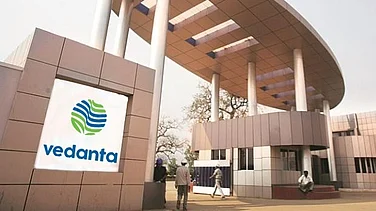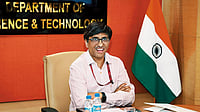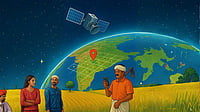Access to technology is steadily expanding across India, but a crucial aspect of true digital inclusion lies in recognising people's preference for voice-based communication, a feature that will inform the future roadmap of Digital India, said S. Krishnan, Secretary, Ministry of Electronics and Information Technology on Friday.
“A vast majority of users across the country are more comfortable communicating through voice rather than writing. This makes voice-based communication critically important in our digital strategy,” Krishnan added.
He also noted that as more people prefer voice-based communication, language becomes even more critical, as individuals naturally gravitate toward speaking in the language they are most comfortable with.
The MeitY Secretary highlighted initiatives like Mission Bhashini and Anuvaad, which focus on regional languages and text translation to make essential content accessible across linguistic barriers.
Speaking on true inclusion, Krishnan emphasized that genuine digital transformation will only be achieved when technology embraces the languages of the most marginalized tribal communities, linguistic minorities, and small population groups.
“Today, we stand at a point where nearly a billion people in India have access to digital technology. However, our work doesn’t stop here. There is still scope to enhance this access further. Most importantly, true digital inclusion will be realized only when people can access and use technology in their own languages and in culturally relevant ways,” he added.
Previously, the Ministry of Electronics and IT supported such efforts through the DPIB (Digital Platforms for Indian Languages) initiative, but now these are being integrated under the broader IndiaAI Mission.
Under India’s AI Mission, MeitY has set a key criterion for the development of foundational AI models: they must be built in the Indian context and include as many regional languages as possible.
Highlighting the importance of language inclusivity in the digital domain, Krishnan noted that in a multicultural society like India, where linguistic and communication diversity is the norm and can present significant opportunities not only for governance but also for businesses and marketers.
MeitY Secretary also informed that India will host and co-chair the next AI Summit, titled "India AI: Impacts", on February 19–20, 2026 in New Delhi.
“The emphasis of this summit will be on how AI can create public good, improve lives, and deliver technology for humanity,” he said.
In conclusion, Krishnan emphasised that governance can no longer rest with a single entity. Instead, internet governance must adopt a multi-stakeholder model, one that involves governments, academia, research institutions, industry, civil society, and end-users alike.
S Krishnan was speaking at the 5th edition of Bhashantara 2025 begins at Federation House, New Delhi.




























